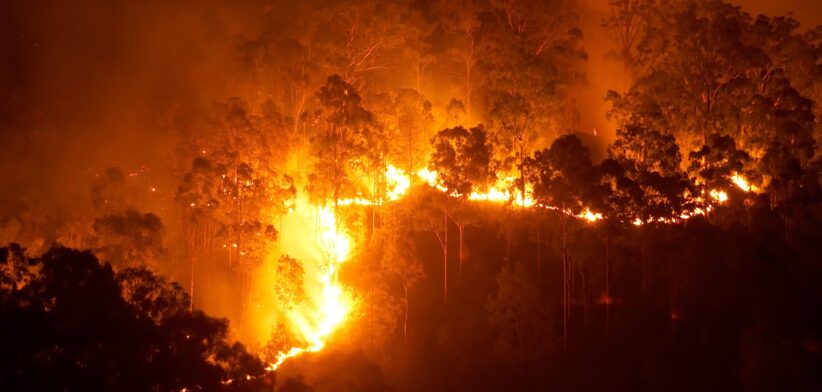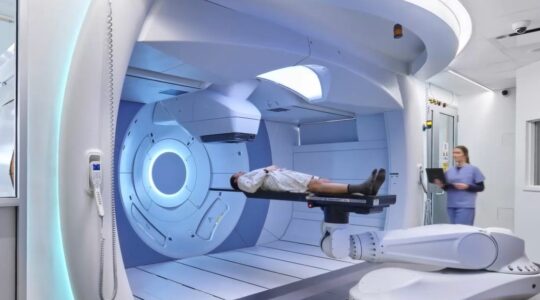Australian scientists are developing satellites with on-board artificial intelligence able to detect bushfires 500 times faster than on-ground technology.
A project led by the University of South Australia (UniSA) has used cutting-edge onboard AI technology to develop an energy-efficient early fire smoke detection system for South Australia’s first cube satellite, Kanyini.
Lead researcher, UniSA geospatial scientist Dr Stefan Peters, said remote sensing and computer science researchers had overcome the limitations of processing and compressing large amounts of hyperspectral imagery on board the smaller, more cost-effective cube satellites, before sending it to the ground for analysis.
Dr Peters said the breakthrough meant bushfires would be detected earlier from space, even before they took hold and generated large amounts of heat, allowing on-ground crews to respond more quickly.
Kanyini is a 6 U CubeSat satellite launched into low Earth orbit to detect bushfires as well as monitor inland and coastal water quality.
Equipped with a hyperspectral imager, the satellite sensor captures reflected light from Earth in different wavelengths to generate detailed surface maps for various applications, including bushfire monitoring, water quality assessment and land management.
Dr Peters said, traditionally, Earth observation satellites had not had the onboard processing capabilities to analyse complex images of Earth captured from space in real-time.
His team overcame this by building a lightweight AI model that could detect smoke within the available onboard processing, power consumption and data storage constraints of cube satellites.
“Compared to the on-ground based processing of hyperspectral satellite imagery to detect fires, the AI onboard model reduced the volume of data downlinked to 16 percent of its original size, while consuming 69 percent less energy,” Dr Peters said.
“The AI onboard model also detected fire smoke 500 times faster than traditional on-ground processing.”








